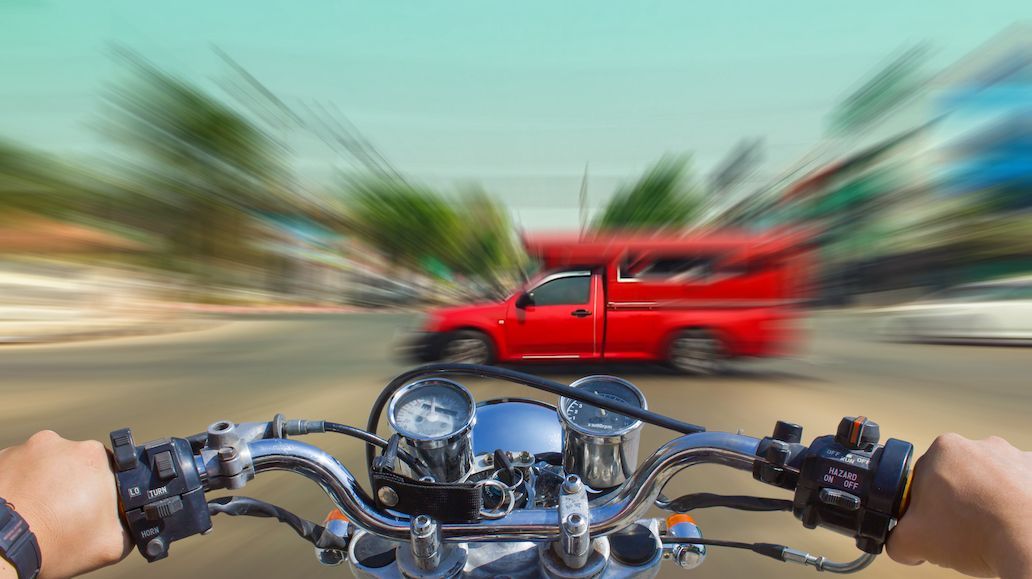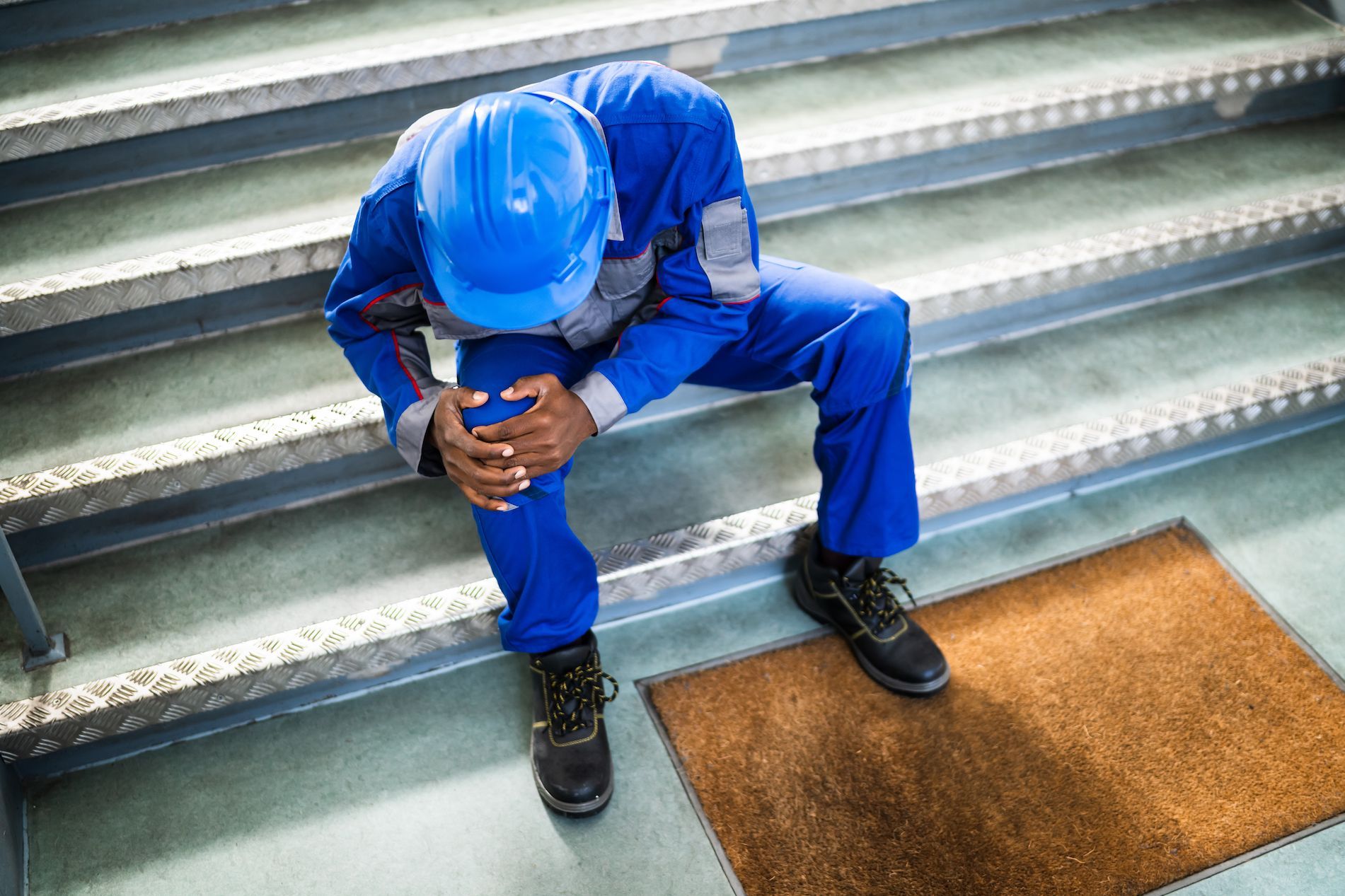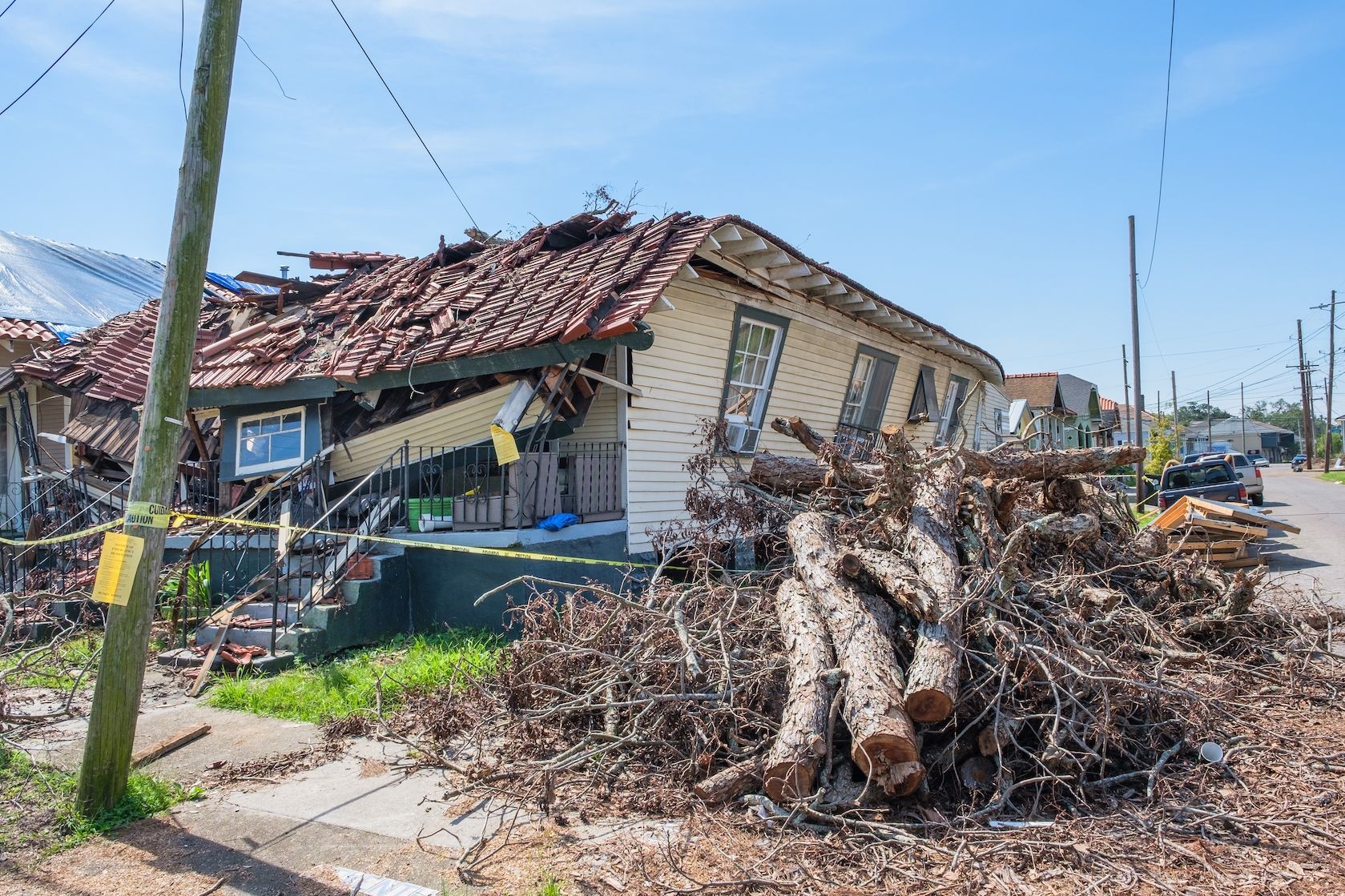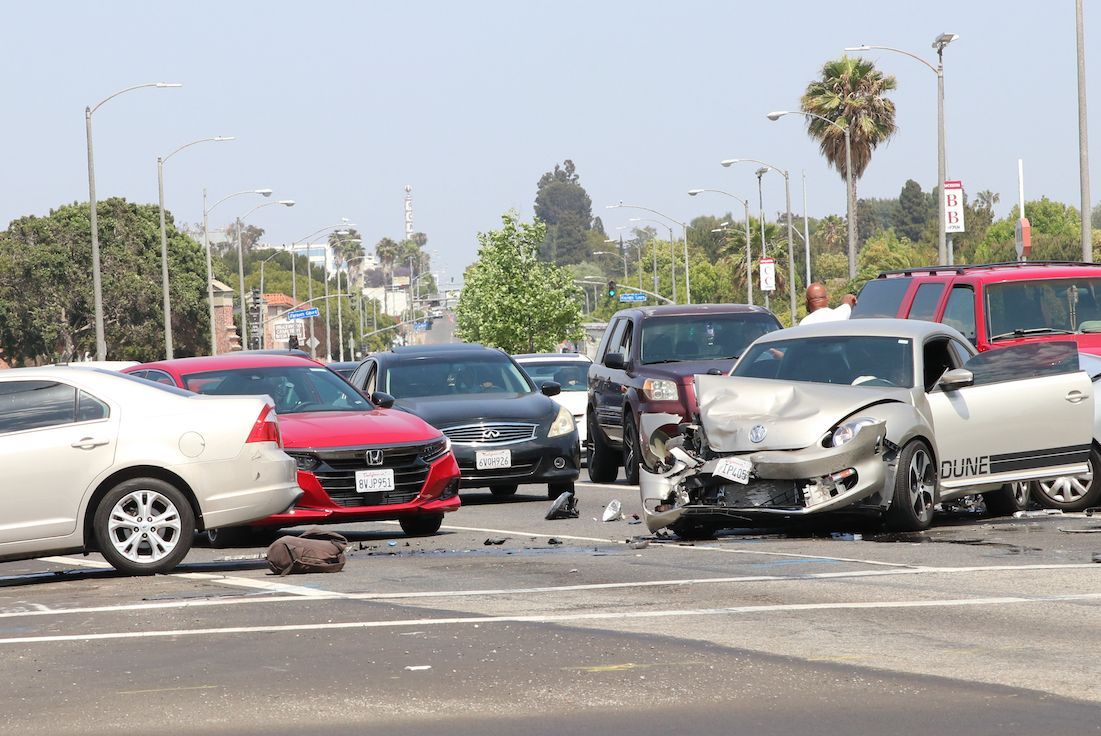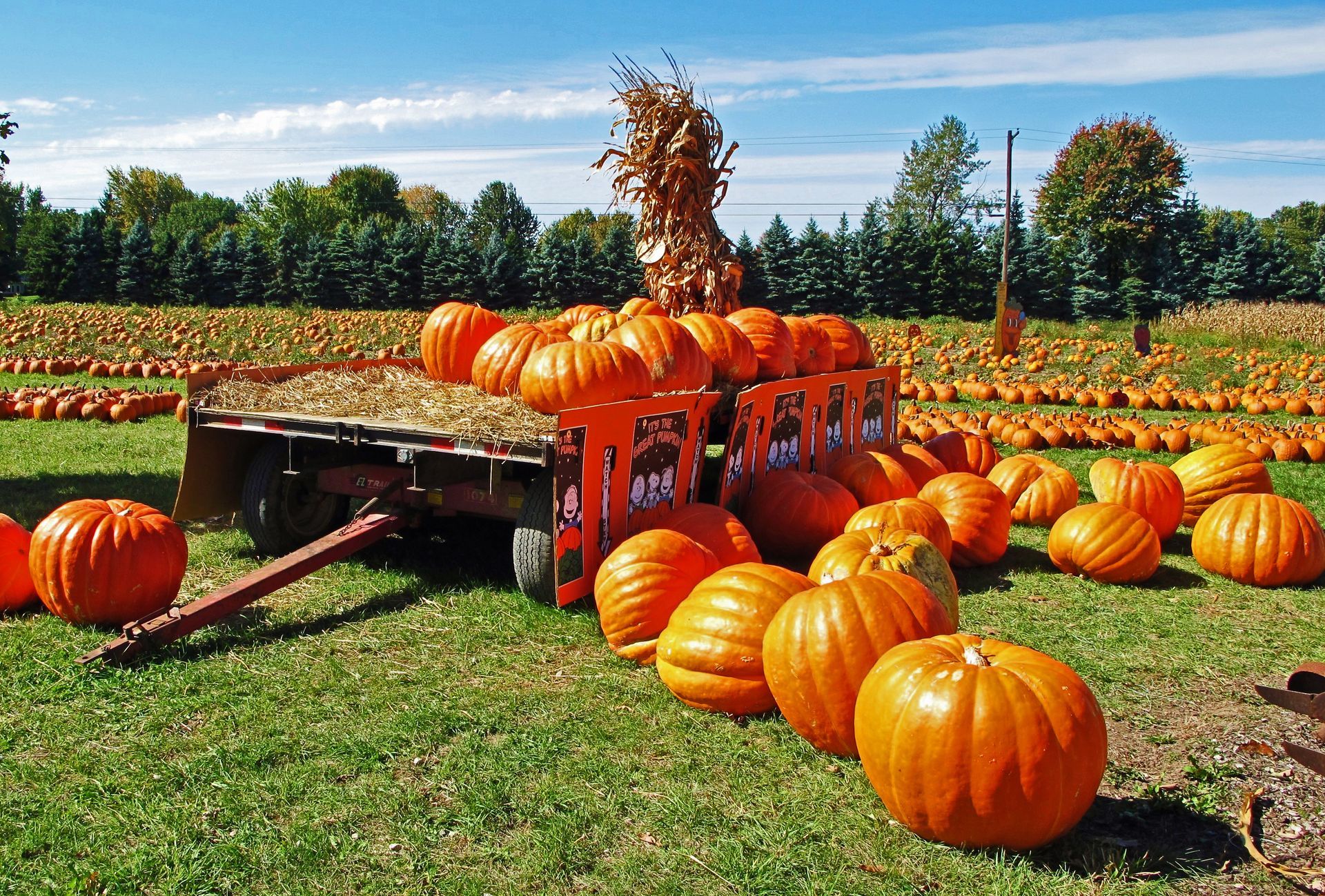5 Surprising Facts About Daylight Saving Time
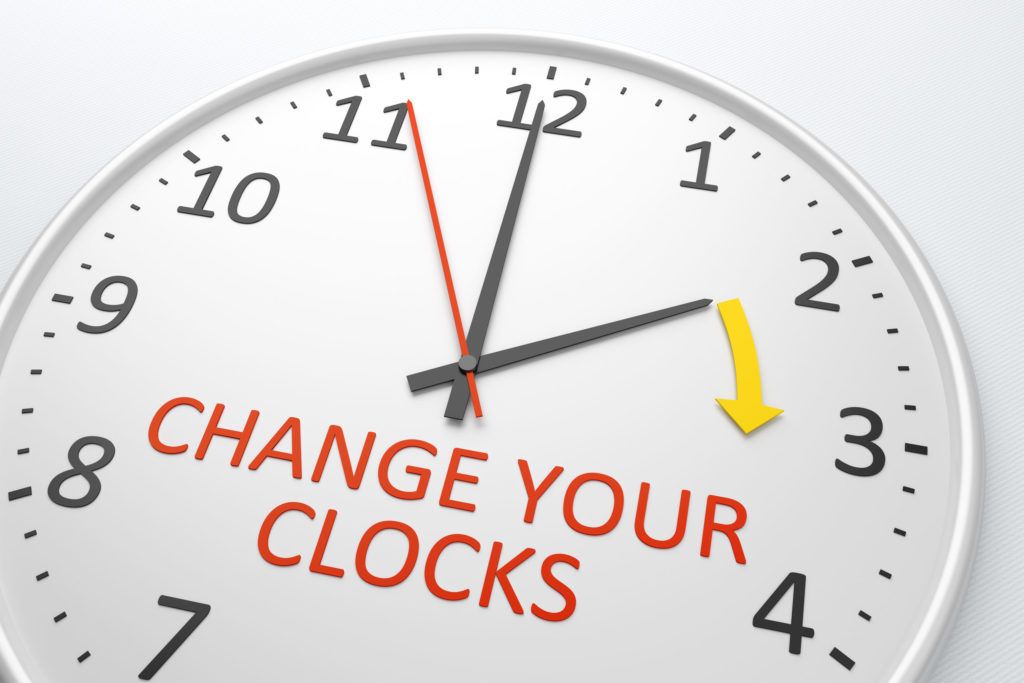
Daylight Saving Time (DST) in New Orleans is right around the corner—we’ll all be setting our clocks one hour ahead on Sunday, March 13, 2022 at 2:00 a.m.
As Louisiana prepares to “spring forward” yet again, you might pay little attention to this odd yearly ritual, other than a moment of annoyance at losing an hour of sleep. The truth, though, is that the time change has more of an impact on our lives than most people realize.
Find out how this little jump in time can lead to a personal injury—plus some other surprising facts about DST—in this blog from Mike Brandner Law.
1. The Idea of DST Started as a Joke
In 1784, Benjamin Franklin wrote a satirical letter to the Journal of Paris that outlined how much money the city would save if its clocks were more in line with sunrise and sunset. (Since he wrote the letter in the 18th century, the tongue-in-cheek concern was for candle wax rather than electricity.) Franklin’s letter did make some valid points, but its main purpose was likely to make fun of the reputed laziness of the French.
2. Germany Was the First Country to Observe DST
The actual practice of DST started (at least temporarily) during World War I. Germany was the first country to observe DST beginning in 1916 in an effort to conserve coal. Britain and other countries shortly followed suit, and the United States adopted DST just a few years later to help save electricity. Observance of Daylight Saving Time in America was suspended after the war, but rekindled in 1974 in response to the energy crisis.
3. Daylight Saving Time May Not Be Effective
Among the many well-known facts about DST is that it was designed to conserve energy, but some studies suggest that it may have the opposite effect in some areas. Although that extra hour of sunlight may keep you from turning the lights on earlier, those living in warmer climates may also spend more on air conditioning in the springtime. Ideally, we’d all be outside enjoying the surplus daylight, but in reality most people are staying inside and using their HVAC systems to stay cool.
4. Not All States Observe DST
States can technically exempt themselves from participating in DST altogether. Parts of Indiana used to opt out, but since 2007, the entire state springs forward and falls back each year. Hawaii and most of Arizona don’t follow Daylight Saving Time, and neither do the U.S. territories of Puerto Rico, Virgin Islands, Guam, or American Samoa. The catch? States that don’t participate in DST must stay on standard time—meaning an extra hour of darkness all year long.
Louisiana, along with dozens of other states, has passed a state law pushing for the adoption of permanent DST to reap the benefits of an extra hour of sunlight all year long. So far in 2022, 22 states are reviewing 62 pieces of legislation that propose permanent DST. Nationally, the Sunshine Protection Act of 2021 was proposed, but has not advanced.
5. Daylight Saving Time Increases the Risk Of Accidents
Among the more disturbing facts about DST is that it can increase the risk of being involved in a car accident. One study found that deadly accidents spike by about 6% in the week following the beginning of DST.
Researchers suspect that the increase in accidents may be attributed to lack of sleep and changes in the amount of daylight during morning and evening commutes. Workplace accidents, too, are more commonly reported during this time period.
In addition, other studies have linked DST to an increase in heart attacks, particularly on the Monday following the time change. Doctors say that because blood tends to clot more quickly in the morning, getting up an hour earlier can lead to a higher chance of heart attack in individuals with pre-existing heart disease.
Get Legal Help When You Need it the Most
As Daylight Saving Time in New Orleans approaches, the legal team at Mike Brandner Law encourage motorists, bicyclists, and pedestrians alike to be especially careful as the time changes. Be sure to get enough sleep, stay home if you’re fatigued, and keep an eye out for drowsy drivers on the road.
If you or a loved one are injured in an accident this spring because of someone else’s negligence, you should know that the legal assistance you need is just a phone call away. Our Louisiana personal injury lawyers are available 24/7—simply call us at one of the numbers below, connect with a LiveChat agent online, or send us a brief summary of your case details by filling out this form.
Initial consultations are always free, and we don’t charge you a penny for our services unless we obtain a financial recovery on your behalf. Contact us today.


